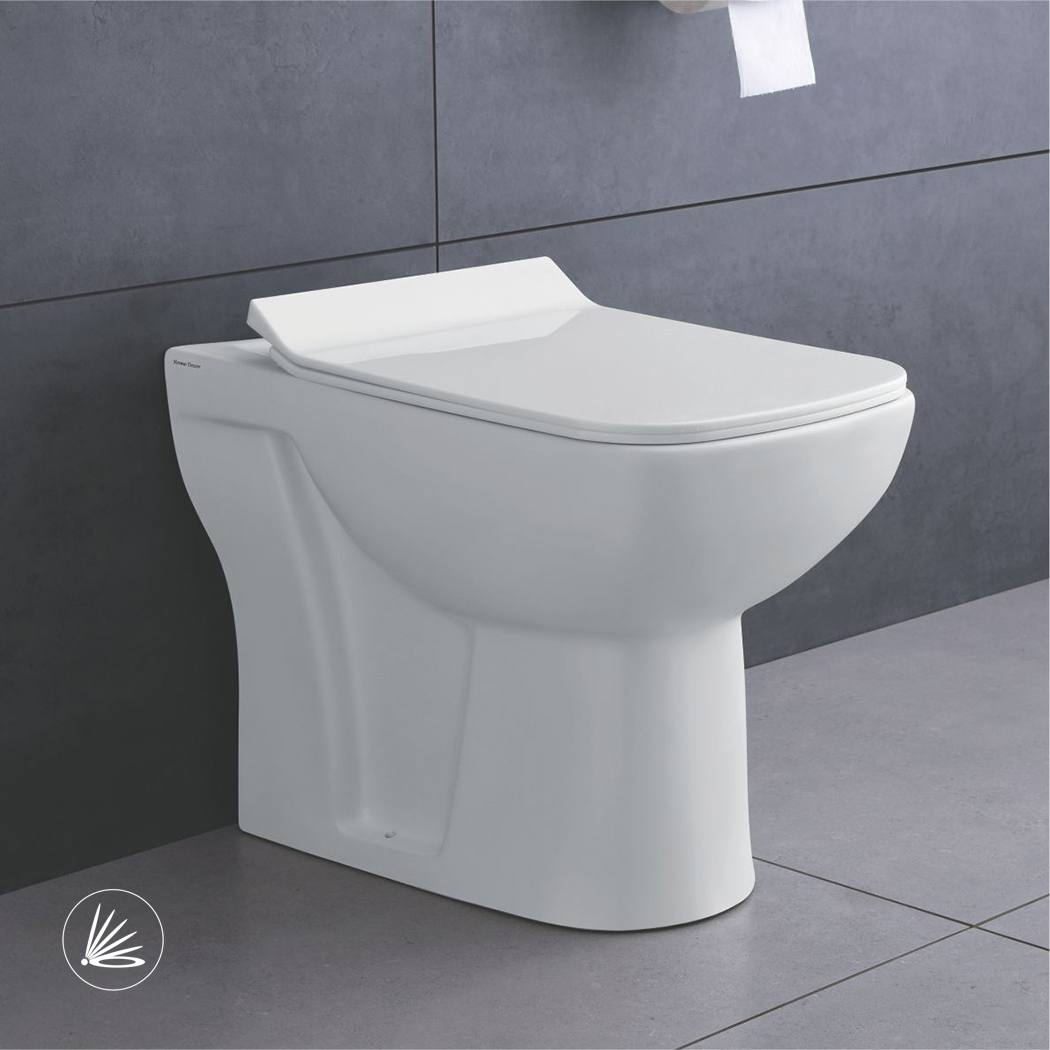
Itroduction
Importing sanitary ware from India can unlock access to high-quality, competitively priced products. This guide provides a detailed, step-by-step process designed specifically for international buyers looking to establish reliable supply chains from India. With insights tailored to help navigate regulatory requirements, quality checks, and logistics, this article is your roadmap to a successful import venture.
Step 1: Market Research and Supplier Identification
Step 2: Verify Quality Certifications and Compliance
Checklist:
- Confirm ISO and BIS certifications.
- Validate product compliance with international standards.
- Request recent inspection and quality audit reports.
Ensuring that your supplier meets internationally recognized standards is critical to mitigating risks in your import process.
— Industry Analyst
Step 3: Understand Import Regulations and Documentation
Key Documents to Gather:
- Commercial Invoice
- Packing List
- Bill of Lading
- Certificate of Origin
- Quality and Compliance Certificates
| Document | Purpose | Tip |
|---|---|---|
| Commercial Invoice | Details product value and terms of sale | Ensure accuracy for customs |
| Packing List | Lists contents for inspection | Verify package integrity |
| Bill of Lading | Acts as a shipment receipt | Confirm with shipping company |
| Certificate of Origin | Validates product origin | Required for preferential duties |
| Quality Certificates | Demonstrates compliance with standards | Double-check expiry dates |
Step 4: Negotiation and Finalizing Contracts
List of Negotiation Tips:
- Compare multiple supplier quotes.
- Negotiate bulk discounts.
- Clarify terms regarding defective goods.
Step 5: Organize Logistics and Shipping
Additional Tips for International Buyers
Interactive Checklist
- Research and shortlist suppliers.
- Verify quality certifications.
- Gather all necessary documentation.
- Negotiate contracts carefully.
- Plan logistics and secure reliable shipping.
- Implement regular quality audits.
Importing sanitary ware from India is a multi-step process that, when managed carefully, can significantly benefit your business by providing access to innovative, high-quality products at competitive prices. By following this guide, international buyers can confidently navigate the complexities of sourcing, documentation, and logistics, ultimately forging a robust supply chain that meets global standards.






